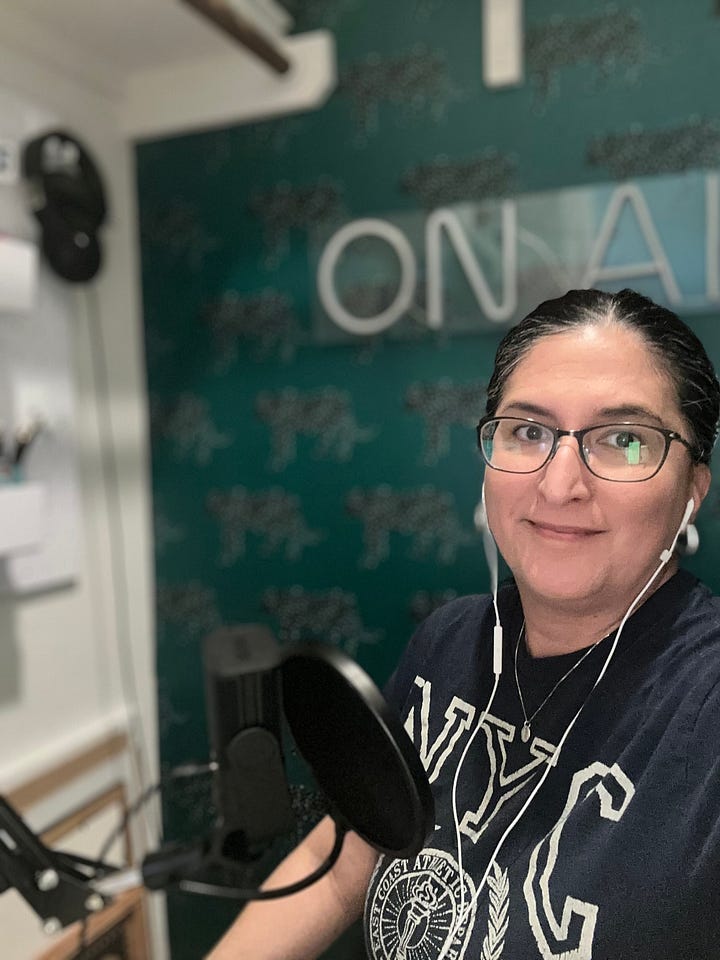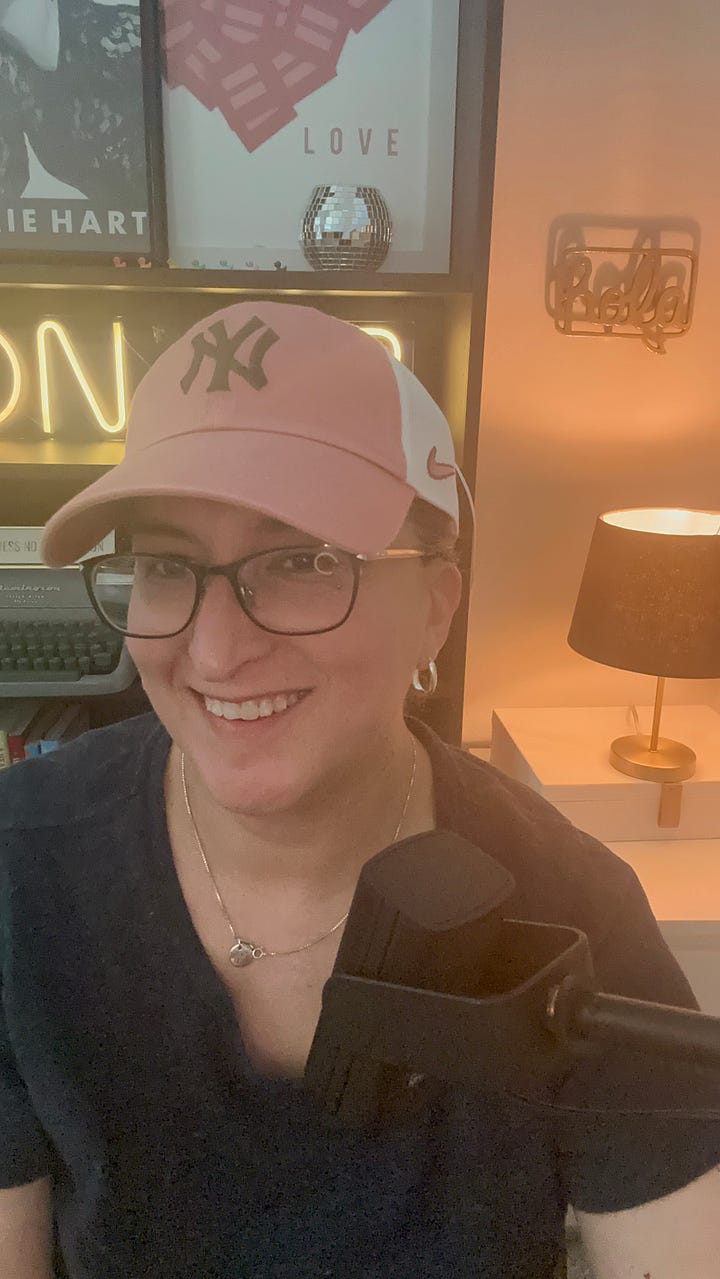Listen to the audio of this blog post along with a quick intro by yours truly.
This past week was a long one for me. I was coming off a few weekends of minor house upgrades (including my podcast space) that were supposed to be quick, easy, and fairly inexpensive. Yeah, right. What was supposed to take one weekend took two - twice the amount of time we anticipated. You know how that goes, right?
One of the projects I was working on was painting an accent wall in our bedroom. No big deal. Initially, we wanted to do a black wall with some sort of wood slat design, but we realized that the texture on the wall would interfere with the look of the wood, so we opted just to paint it and focus on art that would complement the black color. Even easier, right? Well, you would think so, but even though I taped everything really well and took my time, the dark color seeped through here and there, and bled onto the Agreeable Grey color on the other walls. Nothing horrible, but it was one of those things I knew I would hone in on every time I walked into the room.
As I went back over each part with precise detail (an effort that took hours, by the way!), I kept wondering, is this spec?
Is this spec is something I've been asking myself for the better part of the last four years. I learned about it on the Akimbo podcast, hosted by Seth Godin. The episode is called The Pursuit of Perfection, and in it, Seth explains that a finished product is better than a perfect one, and that mindset has been my guide for the past four years of podcasting. It has even bled into my non-podcasting life, and I use it to decipher if a painted wall is good enough as-is.
Asking is this spec? has helped me understand that sometimes good enough is GOOD ENOUGH. But in recent weeks, I've realized that it's only one part of my creative process. The second part is: will I feel good about this months from now? Or will I wish I had taken the time to make it better?
It's a delicate question. Taking the time to make it better is the catalyst of a perfectionist loop that can keep your work hidden in a drawer rather than being shared with an audience. You question whether it's good enough so much that you never finish it. You have to be careful when you ask yourself if you're willing to keep working on a project rather than letting it go. You have to ask it, knowing that you can't work on it too long or be too precious about it.
Was the black accent wall good enough? Would fixing the parts that jumped out at me be worth it, or would I be obsessing over the little things? As I spent hours touching up the wall, I knew that taking the time to fix these details wasn't me being a perfectionist. It was me, taking the time to do something that would make me me feel better in the end.
Sometimes spec isn't good enough. Sometimes spec merely checks a box.
I tell you this because, during the time I was painting that wall, I learned some interesting (and upsetting) news about Substack that challenged me to ask whether good enough was still the goal.
This is the gist of it: I learned that Substack is supporting far-right, Nazi-extremist views. (Yes, you read that right). Here's a deeper dive into that, but the long story short is that Substack is giving a platform to white supremacy, and since this all came to light, many writers have left it. Needless to say, I wasn't aware of any of this controversy before joining, but from everything I've learned about it lately, I don’t see how I can remain on this platform, and honestly, it kinda sucks.
Deciding on Substack in the first place took me months. I wanted to make sure that choosing Substack over something like WordPress was not only the right choice, but also the right choice for the long haul. (Spoiler Alert: it's not.) In the end, I chose it for many reasons: it's easy to use, and it automatically distributes emails (for free), there's a built-in community (the biggest plus!), and there's a component to turn on paid subscriptions at some point. During the time I’ve been on the platform, I’ve enjoyed it. Aside from the ease of posting and scheduling emails, Substack auto-generates social media posts, which, to me, is priceless. At the end of the day, it checks all the boxes.
Because podcasting and blogging are hyper-dependent on technology and various pieces of equipment, those things create friction for creative folx like me and can stop us from sharing work, and I am very deliberate about finding software, platforms, and equipment that make my life easier. Substack fits that bill. Substack is spec and makes it easy to put work out into the world.
By the time I finished painting the accent wall and started to work on my podcast space, I kept thinking, yes, Substack makes my blogging life easy, but what's the point of it if it doesn't feel good? Maybe spec wasn't the goal anymore. Sometimes it's ok to spend hours fine-tuning the details that simply make you feel better, like re-painting the corners of a bedroom wall.
While I'm disappointed this Substack debacle means I have to look for a new way to share my story, I want to feel good about the way I'm sharing it. Case in point: I tried to get this blog post out during the time we were working on the house, and cranked out a quick post so that I could make my arbitrary blog deadline. Was it spec? Yep. But it also felt spec. So I held on to it to re-write it until it felt better. Yes, it took me longer, but just like the accent wall, I think the only person who noticed it was me.
Sometimes, we don't want to merely check a box. Sometimes we want to take our time and feel good about what we're sharing and how we're sharing it. Sometimes, it's ok to obsess over the details.
For the folx who subscribe to my blog, thank you! PLAN B for the blog is in the works. I’ll reach out soon! I hope you’ll stay with me!





